Latest Blogs
Thyroid Peroxidase Antibodies Normal Range: Know TPO Test
What is Thyroid Peroxidase? The thyroid gland is a vital endocrine organ that regulates the metabolism and protein synthesis in the body. It is located in the lower part of the neck and wrapped around the windpipe. Thyroid peroxidase (TPO) is a hormone that affects the production of hormones from the thyroid gland. The enzyme TPO helps the thyroid glands to produce triiodothyronine (T3) and thyroxine (T4) hormones . What is Thyroid Peroxidase Antibody? An antibody is a protective protein produced by the immune system against an antigen, a foreign substance. Antibodies help remove antigens from the body by binding to them. When antibodies attack the body cells, they produce an autoimmune response. Thyroid peroxidase antibodies prevent thyroid peroxidase from catalysing the production of thyroid hormones. What is the Thyroid Peroxidase (TPO) Test? The TPO antibodies test measures the level of antibodies directed against the TPO. Your immune system produces the thyroid peroxidase antibodies when the cells in your thyroid become damaged. The presence of the autoantibodies, therefore, suggests damage to the thyroid tissue by your immune system. Why is the TPO test done? Your doctor may order a TPO antibody test if you are suffering from symptoms of hypothyroidism. This is done to rule out autoimmune disease as the cause. What Does the TPO Test Indicate? The results from the TPO antibodies test determine the presence of an autoimmune condition affecting thyroid gland. Positive Result A positive result will indicate or confirm the presence of TPO antibodies in your blood. Moreover, TPO antibodies in your bloodstream suggest that the cause of thyroid disease is an autoimmune disorder. Some individuals with TPO antibodies may not have thyroid disease, but may be at an increased risk of future thyroid disorders. Your antibody levels may rise with an autoimmune disease or a thyroid disorder. A positive test will indicate any one of the following conditions: Hashimoto’s thyroiditis: This condition involves swelling of the thyroid gland, often leading to a reduction in thyroid function. Grave’s disease: An autoimmune disorder, Grave's Disease will cause thyroid gland to become overactive. G Women with increased levels of antithyroid microsomal antibodies are at a greater risk of pregnancy-related issues, such as: Premature birth Difficulties in in-vitro fertilisation Preeclampsia Miscarriage How is the TPO antibodies Test Performed? TPO antibodies test is a blood test in which your healthcare provider or a laboratory technician will take a sample of your blood to measure the number of antibodies in your body. Your healthcare provider will choose a site on your arm, typically the back of your hands or inside the elbow, and clean it. To access your veins, they will tie an elastic band around your upper arm. After this, a needle gets inserted, and the blood collected in a test tube. You can expect to receive the test results within a few days of submitting your sample. What are the types of thyroid antibody Tests? There are several types of thyroid antibody tests. These include the following: Thyroid peroxidase antibody (TPOAb) test helps detect Grave’s disease and Hashimoto’s thyroiditis. Thyroglobulin antibody (Tg Ab) test is conducted in people with thyroid cancer or Hashimoto’s thyroiditis. Thyroid-stimulating immunoglobulin and Thyroid-stimulating hormone receptor antibody (TSHR Ab/ TRAb) tests are essential for individuals with Grave’s disease. Are There Any Risks and Side Effects of this Test? While the blood test is completely safe, rarely you may experience bruising or lightheadedness Summary Thyroid peroxidase is an essential enzyme for the production of hormones from the thyroid gland. The immune system produces thyroid peroxidase antibodies in response to thyroid cells. If the thyroid cells are healthy, a high elevation of thyroid antibodies indicates an autoimmune condition. Your doctor may use the antibody test for diagnosing autoimmune disorders.
ESR Blood Test: Possible Reasons For High ESR Levels
Erythrocyte Sedimentation Rate (ESR) tests are frequently carried out as part of routine blood panels. An ESR test is a type of test that measures how fast the red blood cells (RBCs) in your blood settle down inside a test tube. RBCs typically have a slow settling rate. However, if your tests show a high settling rate, i.e., high ESR levels, they may indicate a diseased state in your body, which appears as high ESR symptoms. Before we understand what causes high ESR levels, let’s know what an ESR test is and how it is useful. What is an ESR Test? ESR is an abbreviation for “Erythrocyte Sedimentation Rate.” ESR blood test is also commonly called a “Sed rate test.” ESR tests calculate how fast the erythrocytes, or red blood cells, in your blood settle down in a test tube. It indirectly measures the level of specific proteins that facilitate the settling down of blood cells. These protein levels provide information about the state of inflammation in your body. What Do High ESR Levels Mean? When the body is diseased or infected, the immune system triggers a response to fight the infection, and in doing so, the level of these proteins increases in the body. As these proteins increase, they cause clumping of the RBCs together, which increases their settling rates. (Tishkowski, K. et al., 2022) Therefore, high levels of ESR usually mean that the body is currently fighting a disease or infection. For certain chronic disorders, like Inflammatory diseases Autoimmune diseases Chronic kidney diseases Arthrits, ESR tests are used to monitor the stages of disease and development. However, the Erythrocyte Sedimentation Rate/ESR test is not diagnostic for any specific disease. It is combined with other tests and symptoms to determine whether there is increased inflammation in the body and, consequently, disease. When Does The Doctor Recommend an ESR Test? If your doctor suspects you have an infection, they may recommend the ESR test. However, ESR tests are typically part of routine blood panel screenings, so they do not need to be ordered separately. What are The Symptoms of High ESR Levels? Since ESR levels are determinants of disease and infection, high ESR symptoms typically show up in following as symptoms associated with symptoms & illnesses such as: Headache Fever Joint/muscle pain or stiffness Loss of appetite Abnormal weight loss/weight gain Anaemia This list of symptoms is not exhaustive. High ESR symptoms can appear different and are best evaluated by a physician. What is The Normal Range for ESR Levels? High ESR levels correspond to high protein levels in the blood that cause faster clumping of RBCs. The ESR test measures in millimetres (mm) the distance between the clear liquid (plasma) at the top of the tube and your red blood cells after an hour. The normal range is: 0 to 15 mm/hour in men whose age is <50 years 0 to 20 mm/hour in men >50 years of age 0 to 20 mm/hour in women <50 years of age 0 to 30 mm/hour for women above 50 years of age What Can Cause High ESR Levels? High ESR levels can be due to several conditions. Most of them are inflammatory diseases, which heighten the immune system’s response and cause high ESR symptoms. Some of them include: Inflammatory infections that have invaded the blood, i.e., systemic inflammatory infections. These include infections affecting the bone, heart, skin, lungs, etc. Tissue injury or ischemia (tissues suffering from lack of blood supply) Traumatic events or accidents Certain types of cancer like leukaemia, myeloma, lymphoma, etc. Diabetes Heart disease Kidney disease Vascular diseases like atherosclerosis, high blood pressure, etc. Obesity Thyroid disease Rheumatic fever Autoimmune disorders like lupus, arthritis, etc. This list of conditions is not exhaustive. High ESR symptoms can also be caused by other conditions depending on gender, medical history, and overall health. Medicines like birth control pills, vitamin A supplements, cortisone, methyldopa, quinine, and theophylline may also affect your ESR test results. Some conditions, like pregnancy, advanced age, and even anaemia, can result in high ESR levels. Therefore, it is not always necessary that high ESR symptoms are due to any disease or infection. What Do I Do if I Have High ESR Levels? The best thing to do after receiving a report showing high ESR levels is to wait for your physician to make an accurate diagnosis based on your other tests, gender, age, and overall health. Just because you have high ESR levels is not an accurate assessment of an underlying disease or condition in your body. For the doctor to make an accurate assessment, it is imperative to provide correct information about your medical history and any medicines you are on - as certain supplements can affect your ESR levels. The normal range of ESR levels is subject to change based on the labs, the tested person, and gender. Not just that, a moderate ESR level may be an indicator of pregnancy or menstruation rather than an inflammatory disease, making it necessary for the physician’s diagnosis rather than just the ESR levels. Your physician may also consider ordering more tests to make an accurate diagnosis.
Metropolis announces launch of New Antibody Test for Major Kidney Disease
*Keeping pace with newer biomarkers in Autoimmunity- new antibody test launched for renal disease* 11th March 2015: One of the major kidney diseases, Nephrotic Syndrome is defined by massive continued loss of urinary proteins and edema (water retention). One of the major causes of Nephrotic Syndrome is Membranous Nephropathy or Membranous Glomerulonephritis which is a chronic inflammatory disease of the glomeruli (the network of capillaries in kidneys that perform the first step in filtering blood). In Membranous Nephropathy, an antibody-antigen complex otherwise called as the immune complex is formed in the glomerulus. This eventually leads to loss in kidney function and kidney failure. Membranous Nephropathy can be primary (where cause of the disease is not known; idiopathic) or could be secondary (as a result of an underlying condition like prolonged infection, tumor, cancer and even certain medications etc). It is important to differentiate primary and secondary since the treatment and disease management varies. In Primary Membranous Nephropathy, an individual undergoes an immunosuppressive therapy or kidney transplant), whereas in secondary, the underlying disease is treated. PLA2R Antibody Test is used to correctly differentiate the two kinds of disease, evaluate the intensity of the disease, monitor therapy and risk assessment after kidney transplant. Advantages of the test Serum based test and requires only a blood sample Easy to perform Presents a non-invasive alternative to the common biopsy. Anti-PLA2R autoantibodies are a highly specific and sensitive marker for primary MN. Additionally to its usage in differentiation of primary and secondary MN, the anti-PLA2R titer reveals a high predictive value for: Disease evaluation Anti-PLA2R autoantibody results correlate with disease activity (proteinuria). High titers are directly proportional with a severe course of primary MN. Therapy monitoring The anti-PLA2R autoantibody titer decreases in patients undergoing successful immunosuppressive therapy. A relapse of disease is associated with a recurrence of the antibodies. Furthermore, a high anti-PLA2R titer was identified as a considerable risk factor for primary MN patients to not achieve a remission of proteinuria. Risk assessment Up to 40 % of patients with primary MN experience a relapse after kidney transplantation. This risk is particularly high if anti-PLA2R autoantibodies are persistently found during the six months after organ transplantation. Therefore, the titer can be useful to assess the necessity and intensity of an immunosuppressive therapy after transplantation to avoid relapses. Commenting on the test, Dr Deepak Sanghavi who heads the Immunochemistry section at Metropolis Healthcare said “It is an important test that will help improve outcomes and disease management in such a chronic kidney disease. We have tied up with few hospitals and Institute of Kidney Diseases and offer this test at INR 4,500. Out of the suspected samples that we receive, almost 4 out of 10 returns positive”
 Home Visit
Home Visit Upload
Upload





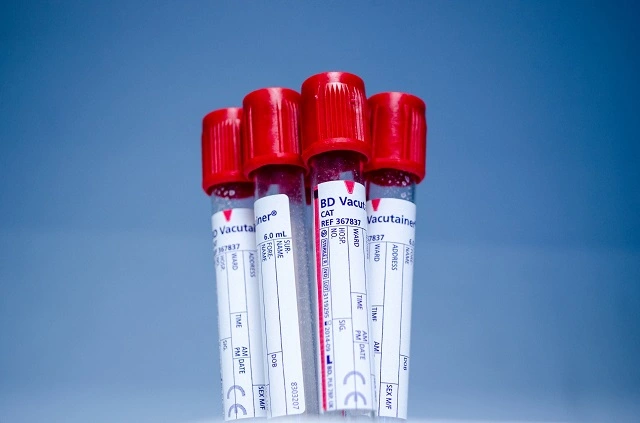
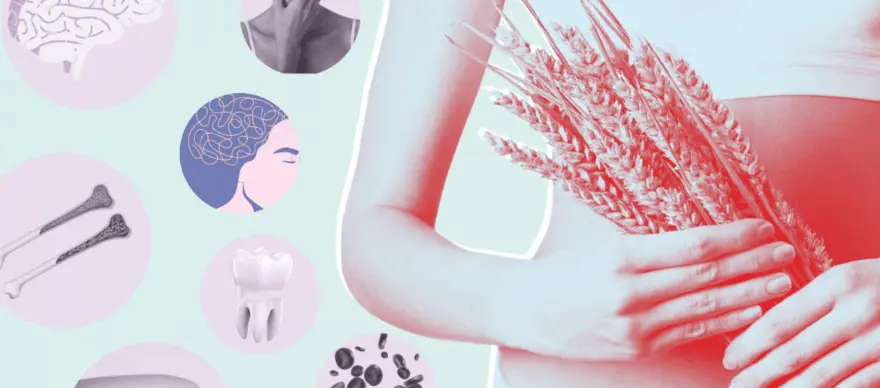
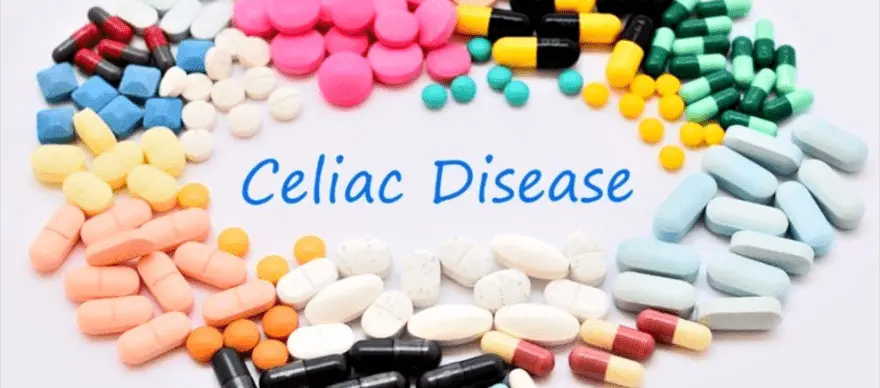
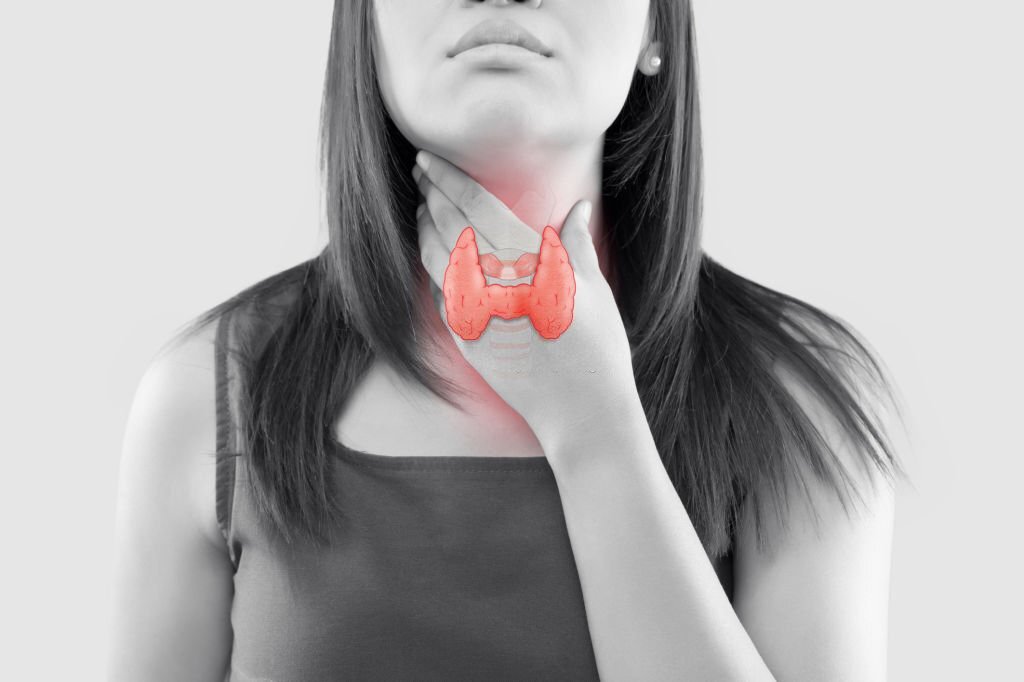
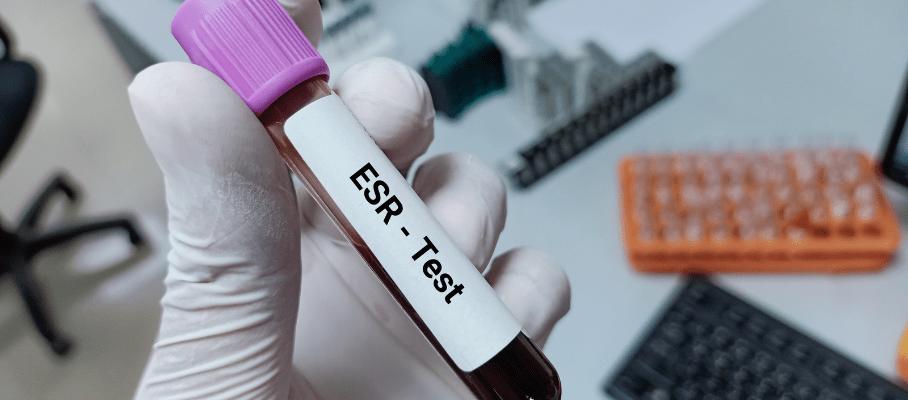
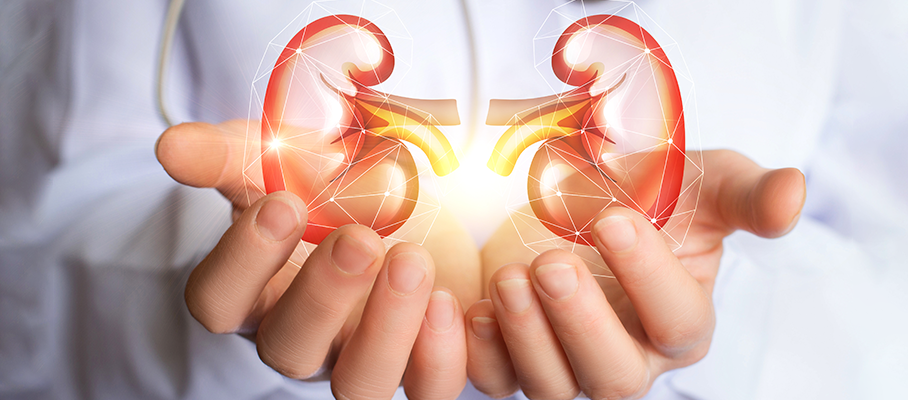

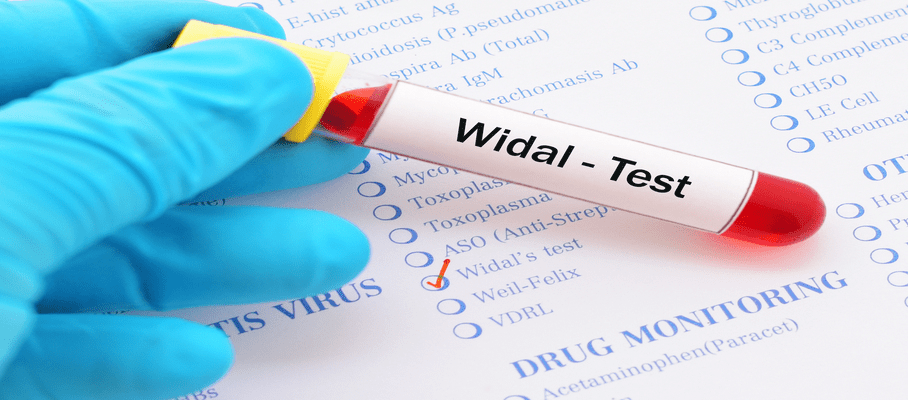


 WhatsApp
WhatsApp